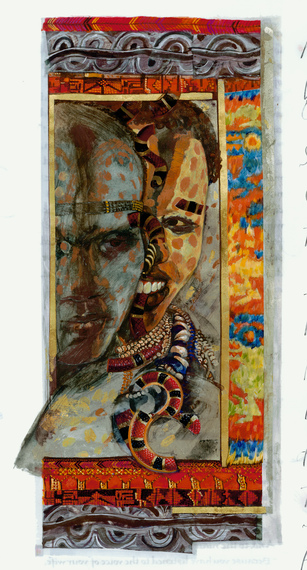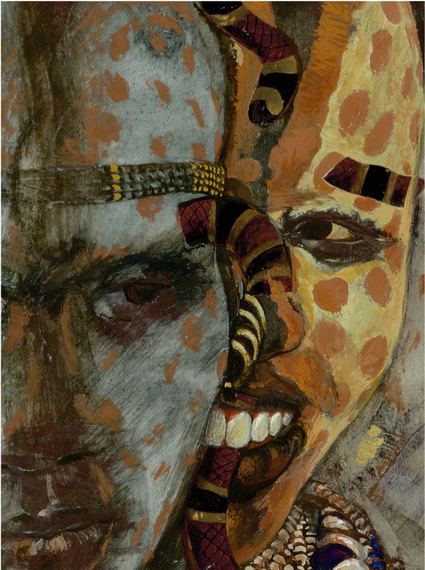Do people share a common humanity, and if so, what is its character? Whereas Genesis 1:1-2:4a calls for setting aside time for worship, renewal, and relationships on a weekly basis, the next two chapters address our shared humanity. Despite being created in the divine image, humans are also fallen. And yet, the rest of the biblical story shows a God who is seeking to restore broken relationships, to bring justice to the world, and to welcome all God's children into this healing-redeeming work.
From the muddy stuff of the earth is humankind formed ("adam"--human--is formed from "adamah"--clay, Genesis 2:7), and to dusty decomposition shall humans also return (3:19). Note also that from the beginning, diversity and mutuality are central to the creation of man and woman. While the mother of the living (Eve) is created as a counterpart to the man (Adam), she is also formed out of his side, emphasizing partnership within diversity (2:21-3:21).
Ironically, though, Bible readers often view these historic figures through the lenses of their own cultures, when they are meant to be seen as typological representatives of full humanity--literally. And, in European-Americans' envisioning Adam and Eve as a Caucasian couple, or in Latino-Americans' seeing them through the lens of their own heredity, we too easily miss the global thrust of these primordial figures.
As a correction to these blinders, the social conscience of The Saint John's Bible offers us a fresh and liberating perspective. Rather than presenting Adam and Eve as a northern European couple, they are rendered as members of the Karo tribe of southwest Ethiopia (cf. Susan Sink, The Art of The Saint John's Bible, Collegeville, MN: Liturgical Press, 2013). And, if our genetic-tracing technologies are correct in identifying Africa as the source of human origins, there may be an anthropological basis for this connection.
("Adam and Eve." Artists: Donald Jackson and Chris Tomlin.
The Saint John's Bible, Vol. 1. Collegeville, MN, 2003)
So, how does envisioning Adam and Eve as Ethiopian tribal members help us deal with today's issues in more inclusive and embracing ways? If Ethiopian lives matter, then so do black lives--and other lives--whatever one's skin color may be. While the printed image is not as clear as it is in the illuminated originals of the Heritage Edition, each with hand-embossed platinum surrounding the face of Eve, the third image is that of the viewer, as we are invited to see ourselves in the mirror-reflection of the Eden story.
I recently heard a story of an elementary-age boy, who upon seeing this painting of The Saint John's Bible a couple of years ago, found tears welling up in his eyes. When someone asked him what he was feeling, he said "I've never seen myself in the Bible before." He was black.
While humans were created in the divine image, the fall of humanity is also real, according to Genesis 1-3. This accounts for human capacity for good, as well as humans' affliction with toil, pain, and social brokenness. And yet, Adam and Eve's expulsion from the garden of paradise and fruitfulness raises the question for every generation: How can we get back into that place of ecological harmony and of right relationship with God, one another, and within ourselves?
In the 17th century, George Fox had a vision of entering through the flaming sword back into the place where Adam was before he fell--a gift of God's grace, through the transformative work of the Holy Spirit. In the 20th century, Martin Luther King, Jr. had a dream of a day when all humanity would be embraced, judged not by the color of their skin, but by the content of their character. And, these are visions worth embracing today!
In seeing ourselves in the creation of the first humans--in Ethiopian perspective--perhaps a new sense of righteousness and justice might yet emerge. The Bible was not written in North America; it was written in the Middle East--at the intersection of three continents--challenging provincial perspectives, then and now. Aided by the social conscience of The Saint John's Bible, not only do Ethiopian lives matter, but the lives of all God's children matter, in every age and in every setting.

